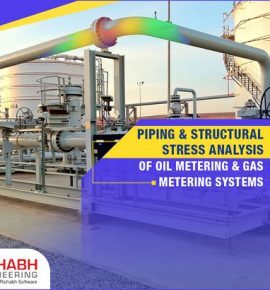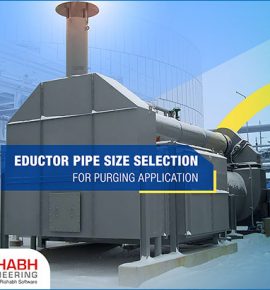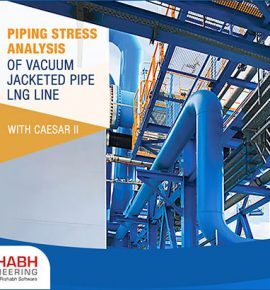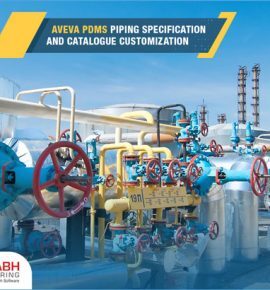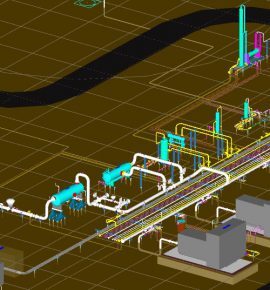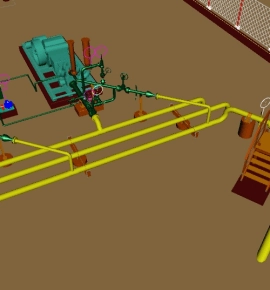
Project Information
Multi-discipline Engineering for Reactor Area of ACE Plant
Description
Client
A privately held multi-discipline engineering, procurement and construction management company. They operate in industries like petrochemical, refining, paper, power, industrial power/cogeneration, gas transmission, manufacturing and fabrication.
Client Testimonial
“The detailed engineering design and 3D model developed by Rishabh Engineering met the inputs given by us, and we had an excellent model review meeting with our end client dealing in chemical engineering and processing.”
– Project Manager

Engineering Requirement
- Multidiscipline engineering for the reactor area of ACE (Acetylenics Complex) plant including civil & structural engineering, pipe stress analysis, electrical & instrumentation and piping engineering
- Plant’s direct steam injectors to be replaced with 4 shell and tube heat exchangers

Delivered
- Equipment GA Drawings
- Visual Stress Analysis reports
- Equipment Foundation Drawings
- Special Support drawings
- 3D Model on PDS
- Instrument Datasheets
- Isometrics Drawings
- I.E. ASME B31.3 codes and standards were followed to ensure high quality of delivery
Want to know more about this project?
Our Recent Projects
Connect with us for all your engineering design needs
US Toll-Free Phone
+1-877-747-4224
India Phone
+91 (265) 2680159
Drop Us An Email
sales@rishabheng.com
Our Offices
USA, UK & India (Head office)
Ready to work with us? Tell us more
Our Recent Blogs
In this article, we will explore what is pipeline design, its types for different industries, key design considerations and standards, steps involved, simulation and optimization techniques, safety & risk management, sustainable practices and why choose Rishabh Engineering with real life use case.
If you are trying to determine how to choose a piping design partner who truly adds value, here are the essential criteria. Plus, how Rishabh Engineering checks the box on each one.
In the complex world of process industries, effective communication and documentation are crucial for ensuring safety, efficiency, and successful operation. The Piping and Instrumentation Diagram (P&ID) is vital in this domain. With this article, we will explore what is P&ID, its significance across diverse industries, the symbols employed, and a comprehensive guide on crafting them.
